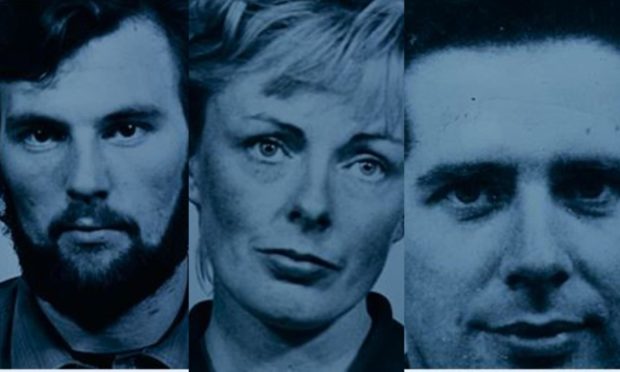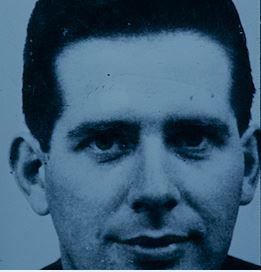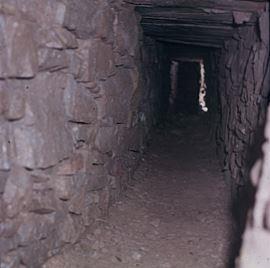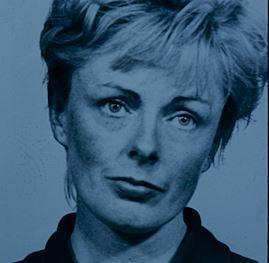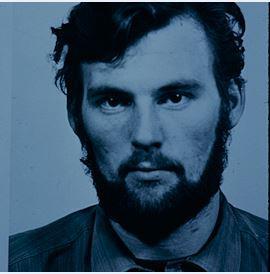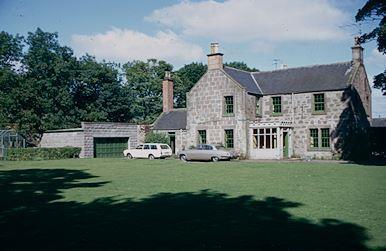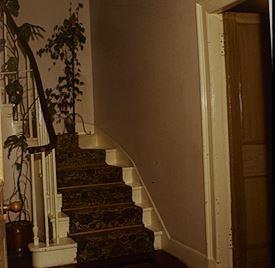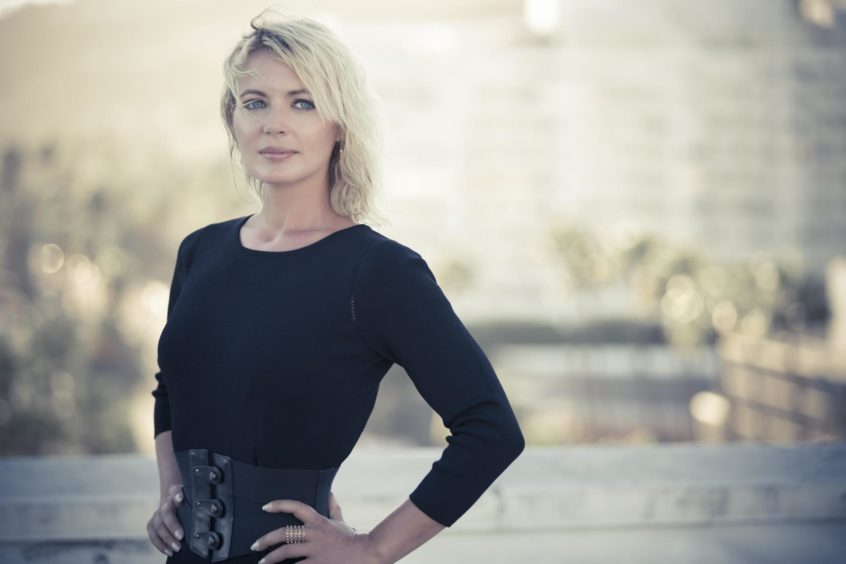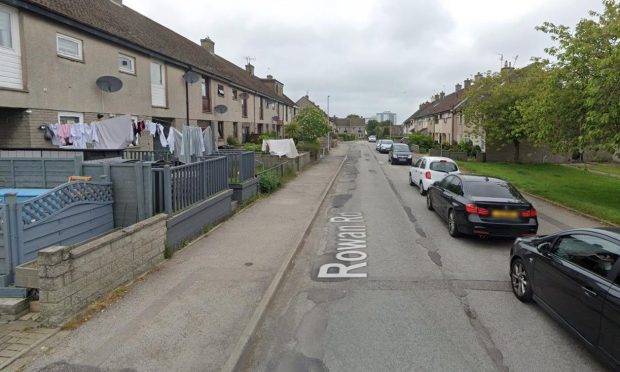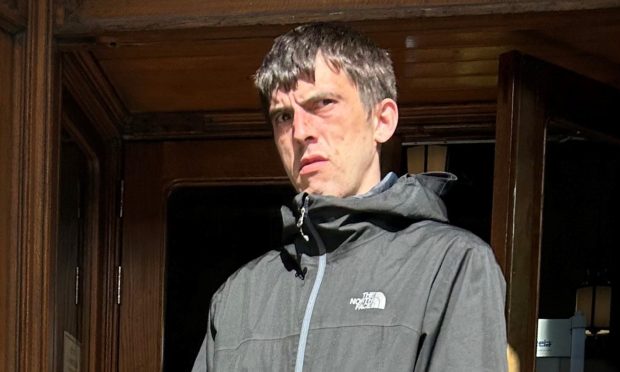It was a trial that made front page news with a storyline that rivalled a movie script and hundreds queuing up outside the court every day.
A missing wealthy farmer, who hosted sex parties at his private nudist club “kinky cottage” at Alford in Aberdeenshire, was found dead in a castle tunnel three months after he was reported missing in May 1968.
His glamorous wife, her young lover and his workmate all ended up in the dock accused of murder, but it was the antics of the murder victim who lived at West Cairnbeg near Fordoun that shocked a nation.
Uncovering new insights into the murder of Maxwell Garvie
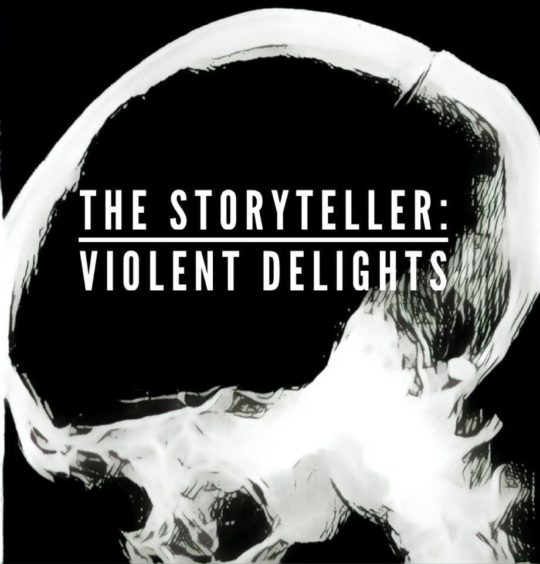
And now half a century on, the police photographs from Maxwell Garvie’s murder files have been revealed as part of a true crime podcast investigation which has uncovered new insights into the murder.
The photos being made public for the first time include one showing the 35-year-old’s skull which has a square piece of bone missing from the bullet entry point, an x-ray showing the bullet still inside his head and a headboard with blood spray which helped convict his wife Sheila, then aged 33, and 22-year-old Brian Tevendale.
Co-accused Alan Peters, then aged 20, was acquitted after a “not proven” verdict in his case. The skull was produced during the trial much to the shock of the packed courtroom
The photos which also include images inside the tunnel at Lauriston Castle near St Cyrus where Max’s body was found, interiors of the car in which his body was transported and interiors of the bedroom where he was shot, were unearthed by former TV news presenter and investigative journalist Isla Traquair who is the creator of podcast The Storyteller: Violent Delights.
As well as the macabre photographs which she obtained from the retired officers who worked on the case and are interviewed in the series, Miss Traquair has also discovered that Max’s wife and suspected mastermind of his death, suffered something far greater than a jail sentence at the end of her life.
Who was Sheila Garvie?
Former housemaid to the Royal family at Balmoral Castle, Sheila Garvie became the most famous woman in the country in the winter of 1968.
In an exclusive interview for the podcast, a nurse who cared for Sheila and grew close to her said she explained her side of the story on almost a daily basis over many years but still maintained she was not involved in the late night execution.
“One day she just came out with it and said that her husband was murdered and she had been in prison for it,” said Maggie, who asked to keep her full identity hidden for professional reasons.
“I was a bit shocked by it. I would never have expected this little old lady to be part of a murder. To begin with I thought she was joking. I tried to laugh it off. So that was the start of our conversations about it.
“I’m not even sure what made her tell me. We weren’t having a conversation about crime or husbands or anything. She just blurted it out. It was like she wanted to get something off her chest. It was kind of thrown at me.”
During the trial it was revealed that Max had forced his wife naked into a bedroom with Brian Tevendale, whom he had groomed to become her lover.
He then took a lover of his own in Tevendale’s sister, Trudy Birse who was married to a police constable.
The foursome existed happily until Max realised Tevendale and Sheila were in love. His drinking and drug-taking spiralled and he’d assaulted Sheila and had threatened to kill her if she left him.
Trudy and her husband Fred both learned of the murder and kept it a secret. Fred even helped burn the most critical piece of evidence – the blood-soaked mattress. He also admitted in court that he’d burnt Max’s clothing and ID. He was never charged for his involvement in destroying evidence, despite his former colleagues’ belief that he should have been in the dock alongside the trio.
Telling her story over and over
Nurse Maggie said Sheila spoke as though Tevendale was still her boyfriend despite never setting eyes on him after they kissed goodbye while handcuffed at the conclusion of the trial at the High Court in Aberdeen on December 2nd 1968, after being found guilty.
She said Sheila was as immaculately dressed in her 70s as she was in her younger years, and loved being out in the hospital grounds.
She had to be escorted at all times due to her illness. Maggie would accompany her outside for cigarettes and to look at the flowers and birds and it was during these moments outdoors that Sheila would tell the story over and over.
“She would tell me most days when I was working when I took her outside so that was a few times a week over several years,” said Maggie.
“She would go right back to the beginning of it saying ‘I was in jail for murdering my husband’. I didn’t ask her questions because I didn’t feel it was my place to dig into it. She’d then go into more detail and say things like ‘my husband wasn’t very nice’, he would make her do things she didn’t want to do, she felt trapped.
“She felt there was no way out, that she had met this boyfriend through her husband and she felt he was going to be her way out of the situation. She always referred to him as her boyfriend. It was as though Brian was still her boyfriend. “
Maggie explained the disease leaves some sufferers believing they are experiencing a different point of their life, usually from when they were much younger.
For Sheila she was stuck in the worst period – immediately before and after the murder.
“Sometimes people with Alzheimer’s do get stuck in a time zone and I think Sheila was stuck from about the last time she saw her children. She remembered what happened to her, she remembered about her husband and her boyfriend.
“She seemed to be stuck in the middle where she accepted she had been to prison, she acknowledged that her husband was dead but unaware her children had grown up.
“She also claimed that she had no idea about the murder, she had nothing to do with it and that she was woken up by her boyfriend so she didn’t hear what was going on or anything. She still maintained that, even with Alzheimer’s.”
During the trial, Sheila spent three days giving evidence and never wavered from her version that she was not involved in the plot.
However co-accused Alan Peters, who was acquitted, said she was aware and had let them into the house, served them drinks then hid them in a guest bedroom until Max was home and asleep.
She then signalled for them to go through and she guarded the children’s bedroom while Tevendale shot Max in the back of his head with his own rifle, muffling it with a pillow.
Sheila was ‘haunted’ by Maxwell Garvie’s murder
At the time Tevendale told police Sheila shot Max during a struggle and he disposed of the body but 30 years later, he admitted he had been the one to pull the trigger but the plan had been Sheila’s idea.
Maggie said Sheila was haunted by the murder and may have convinced herself so much that she wasn’t involved, that it became her ingrained narrative.
“During my time when I was with her she always appeared to be a bit pre-occupied. Especially just one-to-one in the garden she would always go into these conversations and every time we’d go back to the beginning of the story as though she had to tell somebody, had to get it off her chest.
“I think she was trying to get her point across and of what she remembered happening and I think it just haunted her. She just constantly spoke about it. I don’t know who she thought we were.
“I think she was trying to prove her innocence. I remember saying to her, ‘you don’t need to explain yourself to me. I am not here to judge you’ and she would just say ‘No. No, I want to tell you’. I just feel she wanted her side of the story out.”
“Personally after speaking to her and watching her, it certainly appeared to me she was telling the truth.
“She always said the same thing, over and over again. I really really think she thought it was basically him or her and it was her only way out for that to happen.
“I don’t think she was physically involved in the murder. I would love to say she was innocent in the whole thing because she was a lovely, lovely person but obviously knowing the story now, she probably did have a part in the planning.
“I do think deep down she felt there was no other way out. He was either going to murder her or she had to do something else. I think as well she was trying to protect her children and felt she was doing the right thing.
“She always spoke about them like they were still young children. They were being looked after by someone else. I don’t think she realised they were no longer children and they were now adults and grown up. She still referred to them as young children and that she missed them but she knew they were being well looked after.
“It was like it was the last time she saw them. I really felt sorry for her and speaking to her and hearing her trying to explain herself, I just felt heart sorry for her. She was definitely sad.”
She thought her husband was there. I had never seen her like that before. As soon as someone said his name, she was absolutely petrified. She never went into detail of what he made her do. Just that she didn’t like it, she didn’t want to do it but he had made her do it.”
Maggie recalls an incident which confirmed to her that Sheila had been scared of her husband.
“On one occasion we got a new resident and his name was Max and there was a day when people were calling his name saying Max, and Sheila was in the corner of the room rocking back and forward holding her ears so she couldn’t hear what they were saying and she looked absolutely terrified.
“She thought her husband was there. I had never seen her like that before. As soon as someone said his name, she was absolutely petrified. She never went into detail of what he made her do. Just that she didn’t like it, she didn’t want to do it but he had made her do it.”
The court had heard that Max had tossed a coin to decide whether he or Tevendale would sleep with Sheila and he’d forced her to attend a nudist club in Edinburgh and a nudist beach while on holiday with their two daughters in Corsica. Max later bought a small house near Alford in Aberdeenshire which was dubbed Kinky Cottage.
‘Cold as ice’
Five retired police officers were interviewed for the podcast who have never spoken about the case before.
They included Alistair Smith, who was the first man to go into the tunnel at Lauriston Castle where Tevendale led them to the location of the body.
Max’s decomposing corpse was found wrapped in a sheet and covered in rocks in an underground tunnel on the estate.
Alistair, who was a Detective Inspector at the time, kept the slides from the case.
“I was the first sucker to go into that tunnel and examine the body. There was a strong smell.
“I could see in front of me a pile of boulders and it appeared to me there was something wrapped. It looked like white sheets or something that had been white.”
Mr Smith and his team made the unusual decision to have the head removed from the body after the post mortem so they could clearly see the damage to the skull from the bullet which ricocheted inside the head without exiting.
The body had decomposed to such an extent over the three months in the tunnel that putrefaction made the examination difficult. The skull was sent to the Pathology Department at Aberdeen University to be boiled so it could be shown in court.
“I think it came as a shock to everyone including His Lordship. I don’t think he had seen it before.
“It was in a hat box. You would have very little understanding of the effect of a .22 bullet on the back of someone’s skull if you hadn’t seen it. It was only possible and it was critical in some ways to understand why did this man die, to see the skull. “
Until now, only the police, legal teams and jury members have seen the photos of the scene and the skull.
Another detective told Miss Traquair he’d been warned off treating Max’s disappearance as suspicious by senior officers despite his belief that Max had not gone off with a fellow amateur pilot on the day he went missing, a theory Sheila had told police.
He also said Sheila was cold as ice during the interrogation and he believed Alan Peters was aware he would be assisting in a murder on the night he drove Tevendale to the West Cairnbeg farmhouse near Stonehaven.
Bafta-winning actor Kate Dickie is the voice of Sheila Garvie for the court reenactments in the podcast.
Miss Traquair believes the reexamination of the case with interviews from all the key people involved in the case that remain alive have exposed it as a crime of its time.
“Sheila was an abused woman and everyone she tried seek help from including her doctor, the police, the minister and her own family, pushed her back into the arms of her husband.
“She was not able to get divorced without losing her children and home and that’s what led to her desperate situation which led to murder.
“I have no doubt that if it had occurred today, Sheila would have divorced Max and received the support she needed from agencies.
“Max was a powerful man with a position in society and played everyone like puppets.
“While I obviously don’t condone his murder and have huge sympathy for his family, there was evidence from multiple witnesses of behaviour that would fall under the new laws of coercive control.
“He also would have been charged for assaulting his wife but in those days a ‘domestic’ was left for the husband and wife to resolve or not behind closed doors.“
All three accused are dead. Sheila died aged 80 in November 2014 and Brian died suddenly of a heart attack in December 2003.
